Posts Tagged acoustical panels
John Bullard Live Room – Tuning a Live Room for Classical Banjo
Posted byAcoustics FirstinAbsorption,Customer Feedback,Diffusion,HOW TO,Music Tracking Room,开云体育手机版 ,Products,Recording Facilitieson May 3, 2023
When you think of classical music; what instruments come to mind? Piano? Violin? Cello? …What about Banjo?
In the summer of 2022, classical banjoist John Bullard reached out to Acoustics First for assistance with his newly renovated home-studio. John is one of a select group of classical musicians aiming to showcase the versatility of this uniquely American instrument. The banjo, with John’s expertise, lends a very distinct, melancholy sound to contemporary and traditional compositions.

有记录的专辑了,约翰·knew he wanted his live room to be catered specifically to tracking solo, classical banjo as well as small acoustic ensembles. Acoustics First analyzed John’s live room and came up with a treatment design that would achieve an “ideal-as-possible” acoustic environment for recording classical instruments.
The largely reflective live room had walls comprised of unfinished, reclaimed wood planks over plywood, a drywall ceiling, stone fireplace and a polished concrete floor. The parallel, hard surfaces contributed to a poor tracking environment; with standing waves and “flutter” echoes adding unwanted coloration to recordings, inhibiting music definition.
Spaces used for rehearsing and recording classical music often benefit from elevated levels of reverberation, which add a sense of warmth and ambience to acoustic music. Although the reverb in John’s untreated room was only slightly excessive when measured, it was far from “diffuse”, with the majority of energy coming from early reflections.
The primary challenge in the live room was to address the early specular reflections and standing waves without taking too much “life” out of the room. To achieve this delicate balance, wide band diffusion was recommended as the primary ceiling and wall treatment with selective sound absorptive treatment withfabric-wrapped Sonora® panels.

Double Duty Diffusers™andAeolian® sound diffuserswere recommended as they would also provide some much needed low-frequency absorption in addition to broadband diffusion.

After the treatments were installed, John got right to work on experimenting…
“…ready to start doing extensive test recordings to locate the best spot and rug configuration for solo banjo… It sounds really good to my ear – now to see how the microphones hear it!”
John Bullard

Please check out John Bullard’s music!! –https://www.johnbullard.com/
Chickahominy Multipurpose Room – Sonora® Wall and Ceiling Panels
Posted byAcoustics FirstinAbsorption,Multipurpose Rooms,开云体育手机版 on January 31, 2023

With multi-function rooms, there are usually a wide range of events being held in the same space. It could be full of kids playing games, dancing and music, or large important meetings. A balance can often be struck, making the room lively enough for the music and games, but tame enough for the speech intelligibility needed for the important meetings.
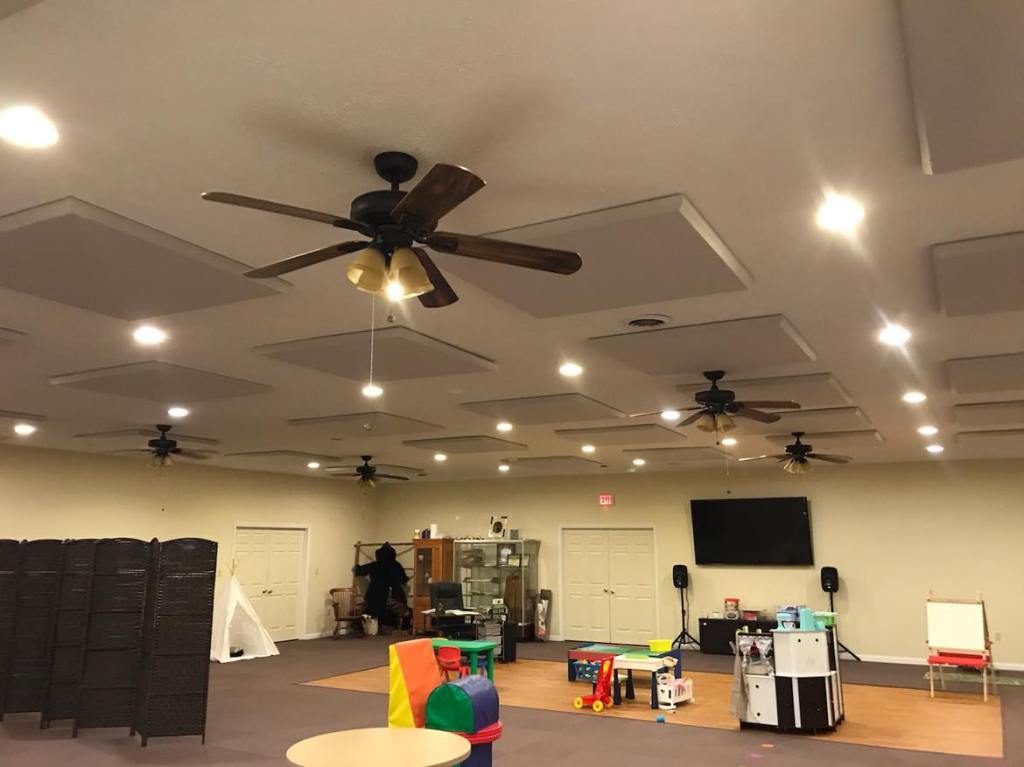
This particular space took advantage of the expansive ceiling with the use of direct mountedSonora® Panels– which helped reduce the low-frequency buildup between the ceiling and the floor. Then some carefully-placed, wall-mountedSonora® Panelswere used to reduce the reflections bouncing off the walls. These panels were spread out in clusters along the walls to help reduce troublesome reflections, and tame the flutter from the long parallel walls.
最后的结果证明伟大的和所有的请求ed.
Case Study – St. Francis of Assisi Church
Posted byAcoustics FirstinAbsorption,Customer Feedback,开云体育手机版 ,Worship Facilitieson May 20, 2022

Historically, churches relied on an abundance of hard surfaces to propagate sound to the rear of the sanctuary, so they benefited from very long reverb time (upwards of 5s). However, Modern sound systems allow for a much more focused sound and equitable listening environment, so these extreme reverb tails are no longer necessary and can actually degrade the “modern” worship experience. St. Francis of Assisi Church is a prime example of how incorporating sound absorptive treatment in phases can “transition” a purely-traditional worship space into one that can accommodate a wider range of worship services.
Over the years, St. Francis of Assisi has expanded their music program to include more modern instrumentation. Drums and amplified instruments have been added to liturgical piano and choral worship music. St. Francis of Assisi’s sanctuary has a lofty ceiling, tile floors, hard wall and ceiling surfaces. These factors contribute to a exceedingly reverberant worship environment in which contemporary music is hard to perform and enjoy and speech is difficult to understand.
Back in 2013, the church had an acoustic study performed to detail the acoustic characteristics of the space and identify corrective measures. Using this study and on-site reverb tests, Acoustics First provided a treatment plan that focuses on improving speech intelligibility and music clarity. We settled on a “two-phase” approach, starting with treatment of the rear and side wall areas with 2” Sonora wall panels. A second round of treatment focusing on the ceiling would be added, If needed, to further reduce reverberation down closer to ideal levels.
To help facilitate an informed decision, Acoustics First provided reverb prediction charts that showed the expected improvement from each round of treatment. Aesthetics were a top concern, so 3-D renderings were also provided to help visualize exactly what the recommended treatment would look like. Acoustics can be subjective, so there was a chance that the church might be satisfied with just the wall treatment alone and would not need to proceed with the second phase of treatment. However, after hearing the improvement that the wall panels made the church immediately gave the go-ahead for the ceiling treatment. Safe to say, they were happy with the end results.
From Mike Staffan at Lighthouse sound who took reverb measurements before and after “I am very pleased with the final reverb times and how it turned out. I think our measured approach worked well”
From the Deacon – “This is fantastic, exactly what we were looking to accomplish! – Deacon Chris

Absorption & Diffusion – The Construction Specifier
Posted byAcoustics FirstinAbsorption,Art Galleries,Articles,Auditorium,Broadcast Facilities,Diffusion,Home Entertainment,Home Theater,HOW TO,Industrial Facilities,Media Room,Multipurpose Rooms,Music Rehearsal Spaces,Offices,开云体育手机版 ,Recording Facilities,Studio Control Room,Teleconferencing,Theateron April 29, 2022
For the May 2022 edition of “The Construction Specifier,” Acoustics First was asked to illustrate the use of absorption and diffusion in creating optimal acoustic spaces. The article is a great reference for understanding the types of acoustic absorbers and diffusers, as well as some use scenarios like offices, critical listening spaces, and larger communal spaces.
Note: This version has been edited and the advertisements are removed. The full published version of the May 2022 digital edition can be found on The Construction Specifier’s websitehere.
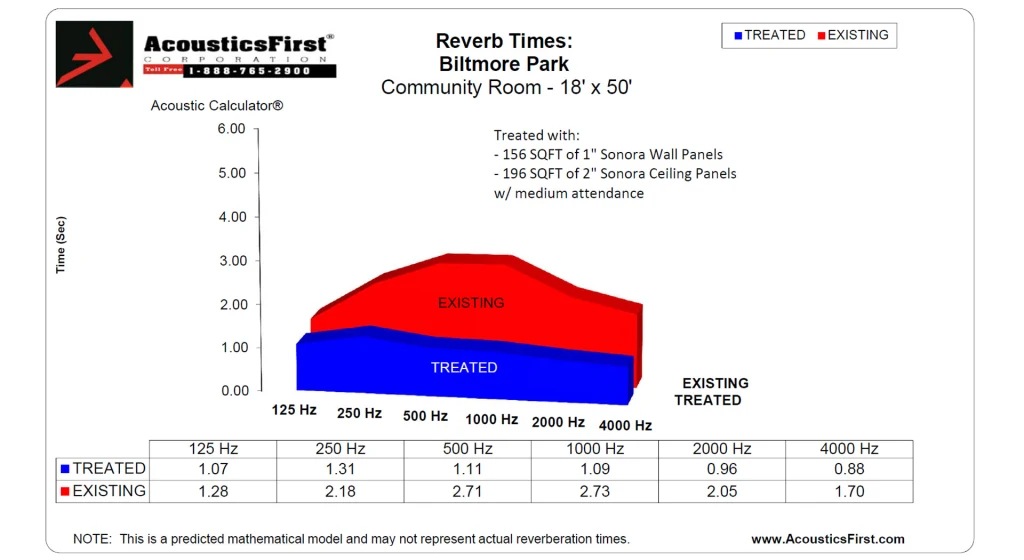
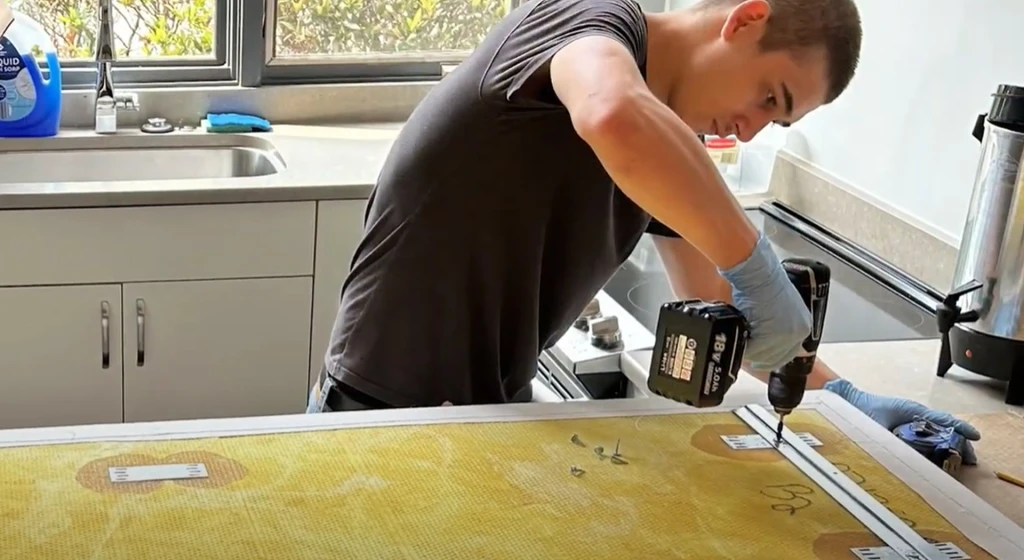
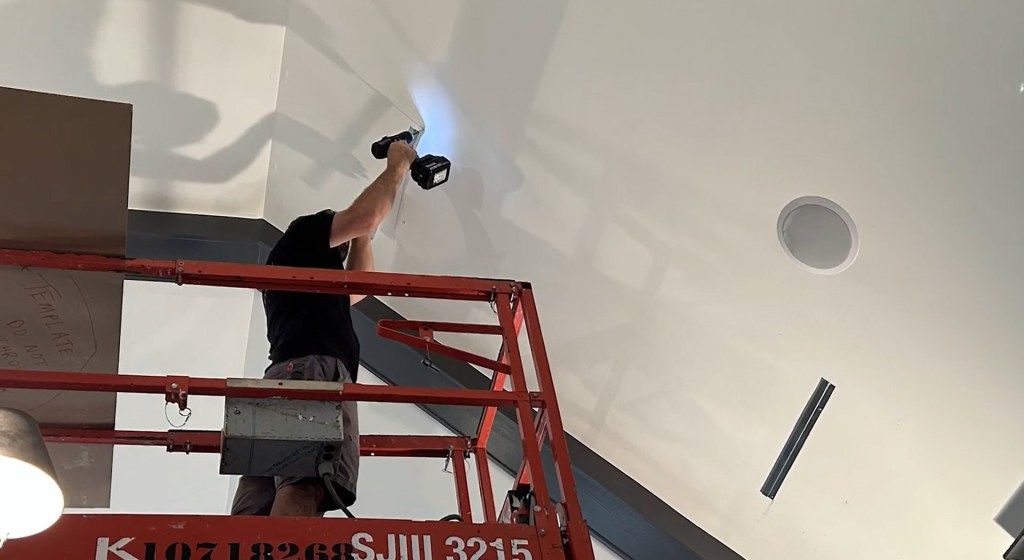


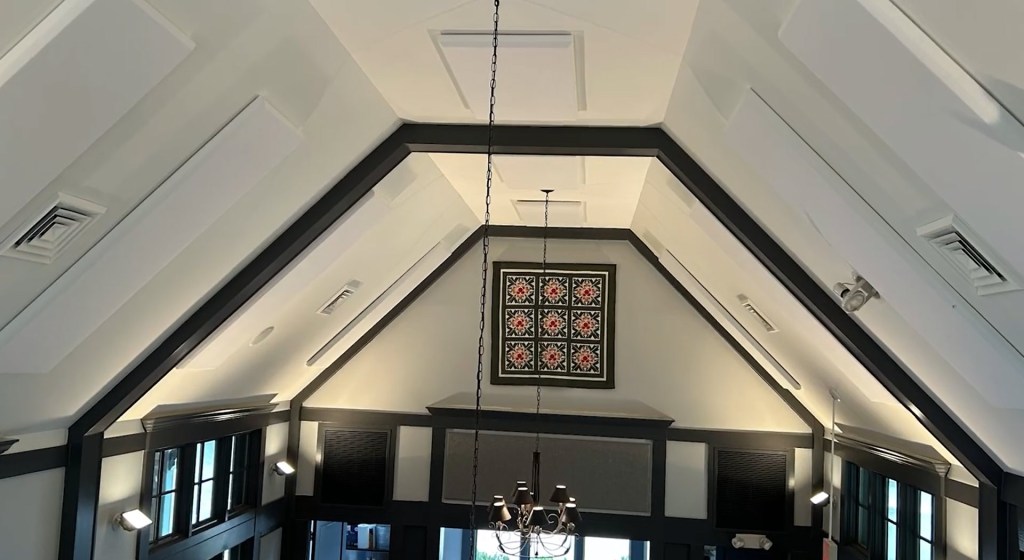

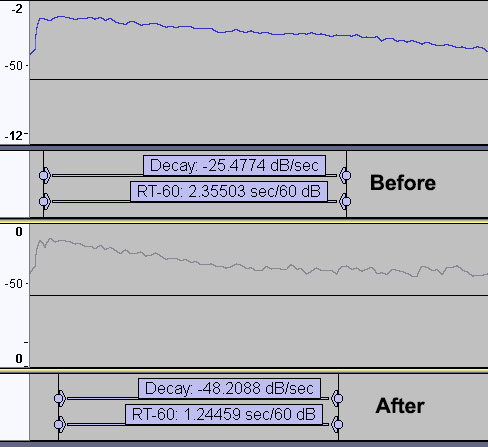

You must belogged into post a comment.